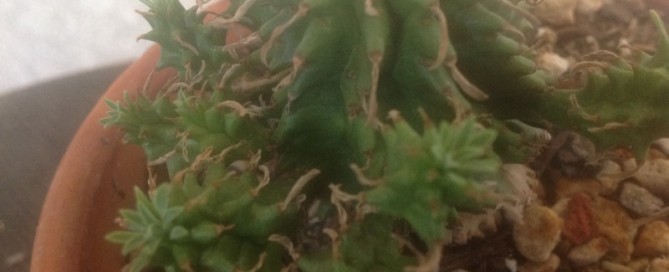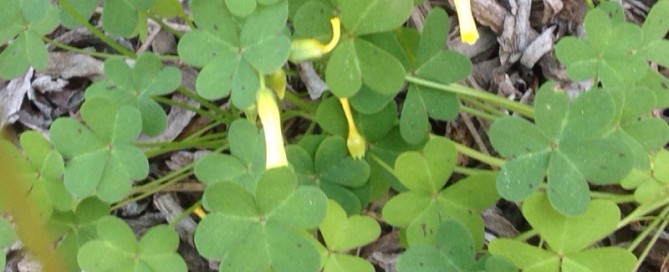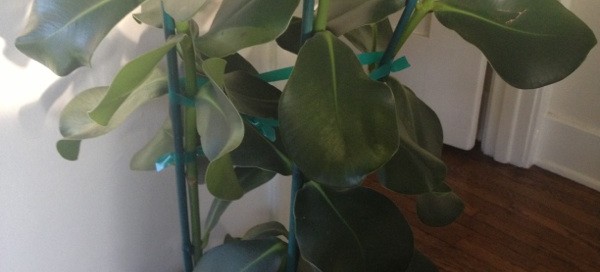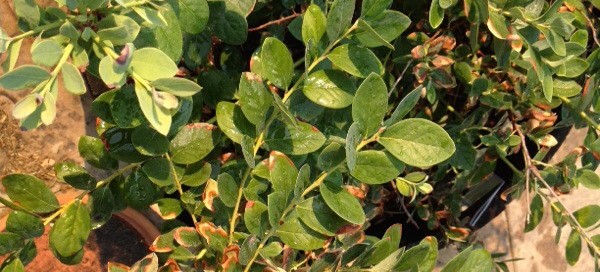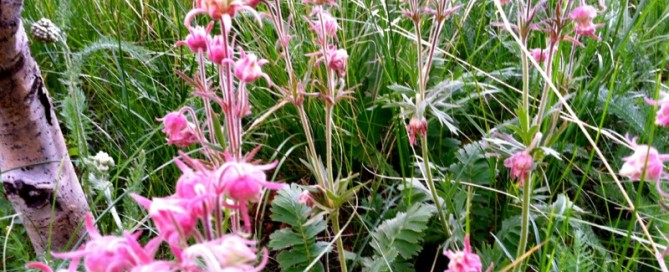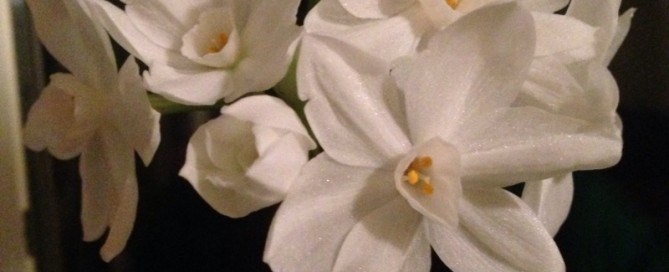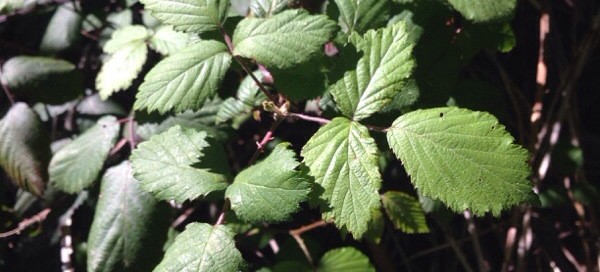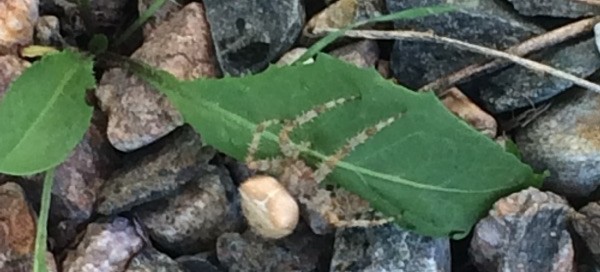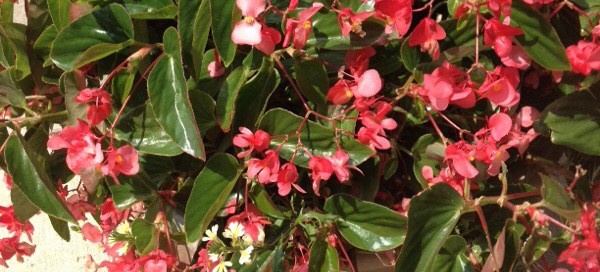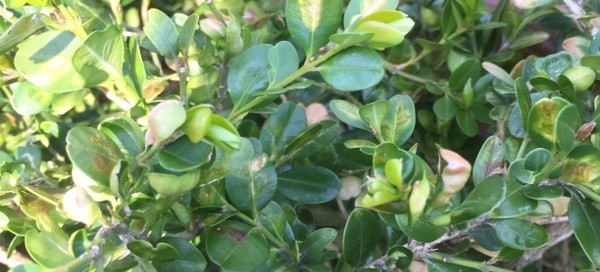Euphorbia Suzannae
Euphorbia suzannae, native to South Africa, forms small, knobby spherical emerald green stems to 1" or so in diameter. Clusters profusely to form wide clumps to 10" in diameter. Each stem has "toothed" ridges along the margins, and often has deciduous leaves during active growth. Responds well to warmth, with its active growth period in the late spring and summer months. Porous soil with adequate drainage. Requires filtered light for best appearance, and should be given a winter resting period at which time less water should be given. Protect from frost. All Euphorbias contain a white sap that can be irritating to eyes and mucous membranes. If contact is made with this white sap, take care to not touch face or eyes before washing hands with soap and water.
